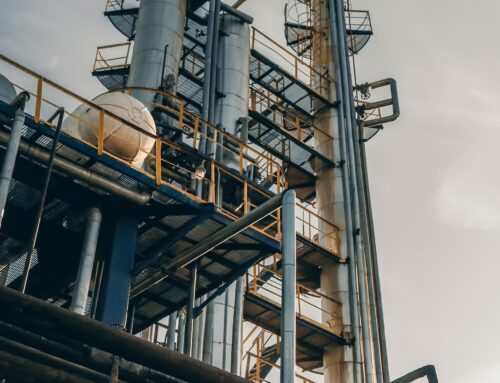Introduction
Petrochemicals play an integral role in various industries, serving as the building blocks for manufacturing a wide range of products such as plastics, rubber, fibers, pharmaceuticals, and many more. However, the production and consumption of petrochemicals have raised concerns regarding their environmental impact and sustainability. In recent years, waste-to-energy initiatives have emerged as a potential solution to address these challenges.
What are Petrochemicals?
Petrochemicals are derived from petroleum or natural gas through a refining process. They are hydrocarbon-based chemical compounds that form the foundation for various products we use in our daily lives. Petrochemicals are classified into three main categories: olefins, aromatics, and synthesis gas.
Olefins, such as ethylene and propylene, are used to produce plastics and synthetic fibers. Aromatics, including benzene, toluene, and xylene, are primarily used as precursors in the production of polymers, resins, and synthetic fibers.
Synthesis gas, or syngas, is a mixture of carbon monoxide and hydrogen. It serves as a raw material for producing a wide range of chemicals, including methanol, ammonia, and various hydrocarbons.
Environmental Concerns
The production and use of petrochemicals contribute to various environmental challenges. Greenhouse gas emissions, air pollution, and plastic waste are some significant concerns associated with the petrochemical industry.
Conventional practices contribute to greenhouse gas emissions throughout the petrochemical value chain, from extraction and transportation of raw materials to product manufacturing. These emissions contribute to climate change and its adverse effects on the planet.
Moreover, the abundance of single-use plastics adds to the plastic waste crisis. Improper disposal and inadequate recycling infrastructure have resulted in large quantities of plastic ending up in landfills and oceans, causing severe ecological damage.
Waste-to-Energy Initiatives
Waste-to-energy initiatives present an innovative approach to minimize the environmental impact of petrochemical production and consumption. These initiatives aim to divert waste materials from landfills and incineration, turning them into useful sources of energy.
One prominent waste-to-energy method is the conversion of non-recyclable plastic waste into valuable fuels. Through various processes such as pyrolysis and gasification, plastic waste is transformed into syngas, liquid fuels, or solid fuels. These products can serve as substitutes for traditional fossil fuels, reducing dependence on non-renewable resources.
Additionally, waste-to-energy initiatives can help reduce greenhouse gas emissions by providing an alternative to the extraction and refining of new petrochemical feedstocks. By utilizing waste as a resource, emissions associated with traditional petrochemical production can be significantly reduced.
Conclusion
Petrochemicals are vital to various industries, but their environmental impact raises concerns for sustainability. Waste-to-energy initiatives offer a promising solution to mitigate these challenges. By effectively managing and converting waste materials into valuable energy sources, petrochemical production can become more environmentally friendly and contribute to a circular economy. Continued research and investment in waste-to-energy technologies will be crucial for achieving a greener and more sustainable future.





